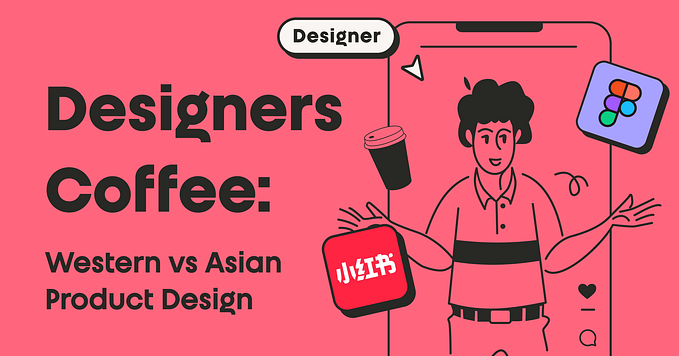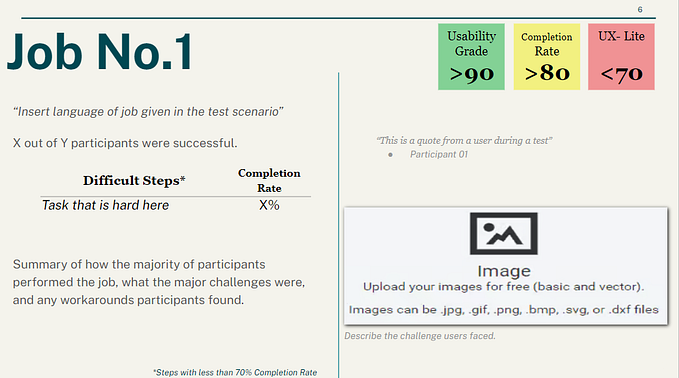User research is irreplaceable, but so is your design judgement

Constraints, argumentation, designerly ways of futuring, problem-spacing, etc., are strong topics in HCI & design thinking, but these are less interesting than two connections that H. Rittel’s 1987 article, “The Reasoning of Designers,” describes. Famous alongside Webber for the conception of the term wicked problems, Rittel explains how designers come to reason and judge the ways in which they design.
Today, many designers do not have the time to perform as detailed of an inquiry into our problem space as we would prefer. Yet, we are held to the standards of universality, accessibility for all, and to not be disagreeable. This can be difficult, or worse, boring. However, two of Rittel’s ideas stand out, as in today’s world they require bravery, confidence, curiosity, and either a handful of ignorance, a trove of experience, or perhaps a little bit of both in order to be implemented properly.
Epistemic Freedom & Guarantors
I am speaking upon the combination of 1) the responsibility one has to one’s own decisions through the lenience of epistemic freedom, paired with 2) the guarantors implicit or explicit to the designer. He ensures us,
“that all deliberations terminate with judgments (“Good enough! “, e. g. ) which may be ‘based’ on the deliberations, but are not derived from them” (p. 5)
This is epistemic freedom. We research and we perform activities to come to knowledge in our design space. However, neither the design itself, nor the direction of our activities to generate or evaluate our design, come directly from our research. They may be measured by our research findings. However, our deliberations over our findings end only by our judgement deciding that it is the best path to take for all the trade-offs we can foresee emerging. We do not need to meet a particular level of criteria for a design to be “true.” Instead, our design’s truth, or its measure of success, relies solely on our ability to achieve the desired outcome of our client. This brings us to the sources we seek, what Rittel considers guarantors.
“…[U]nquestioned, sources of reliable knowledge. It can be tradition (‘We have always done it this way’), the state of the art (‘Nowadays, we do it this way’). It can be science, common sense or the spirit of progress. Sometimes it is conscience, gut feelings, or revelation.” (p. 6)
How do we utilize Epistemic Freedom and Guarantors in Practice?
These two concepts stand out to me because I feel as though the industry may be less friendly towards a designer standing on their own with these qualities in mind. Due to the universal demand of user testing and following design principles disguised as half-baked ideals, we lose our freedom to reductions. Are we grasping out to some other, objective, or otherwise trusted thought-leader, instead of taking the risks in the complexity of a design space, i.e. putting our necks out on the line.
The gap between objective empiricism and the action of the subject is filled by the ethics of decision-making. It may be easier for industry to rely upon the sterile nature of democratized user-testing, feeding the desires of the largest sample group, to get the most universally agreeable result, and lead people to click on their links, because….well….isn’t that the sense of what is Good for a company’s website? The idea that they have won attention, or at least mindless exploration?
Sad.
This could be considered one vignette of a modern guarantor. Something like, “We know our Google Analytics says people from this state click more when our content says this, so we should try to push that more.” Because occurrence of A may be related to B, and B is the common good, then let’s ramp up the prevalence and incidence of A being on our site. There, you have the modern, $70K UX/UI job.
What if?
What if, instead, we were brave? What if, instead, we took a more gutsy, a more reflective, and more curious approach? What if we re-centered our guarantor’s from time to time? I believe we may recall this as being a “gut-instinct.” After a century of old, white men proclaiming gut-instinct in a fascist manner, it fell justifiably out of style. But now, as a globalized, sensitized, and hopefully more empathetic generation, we may once again, carefully, yet courageously, be in touch with the guarantor of our subject, of our design judgement because something about this “feels right.” Ultimately, this leads to the greatest load of responsibility placed upon the designer, via the rule of epistemic freedom. It trespasses the globally liked versions of participatory and co-design. Yet, it may be appropriate in some places. Sometimes, it just feels good to create out of the reactionary desire of the subject (as designer). It is especially sought-after, I believe, when the demands for a bland, universally agreeable, and politically correct approach is handed down by those who do not want to make a fuss, or impression in its implementation.
Take for Example…
This all reminds me of the conversation I had with Art Director at a nationwide brewing company. We were discussing different advertising campaigns. Internally, they need campaigns to please the masses of beer-consumers, albeit in their own voice. They cannot risk being truly enjoyable for their own sense of ridiculousness, let alone touch upon the humor of a very specific cultural group. We took for example the Budweiser advertising campaign of the late 1990’s where there were frogs outside of a local watering hole, and they were singing the syllabic, “Bud…Wei…Ser,” asynchronously until they eventually pronounced the brand seemingly by accident. However, this sense of expectation, along with knowing a frog has no knowledge of macobreweries, is charming and silly. This is why it is gold. We fancied that this was probably the accomplishment of a Creative Director giving their staff the permission to have fun, to experiment, and that perhaps nowadays, this sort of internal freedom would no longer by a guarantor within the company.
But wouldn’t it be beautiful if it was? What sort of peculiar, sometimes brilliant, sometimes offensive, but always both, types of designs might we create when given a broad enough audience?
Can we own our epistemic freedom, and place the guarantor within our own creativity, anymore? We must research, but we must also look within our own judgement.







